Why is my fern turning brown? 6 reasons fronds show distress and how to fix them
Brown fronds might be a sign that your fern is not happy in its current environment, and it is showing you that displeasure through its foliage

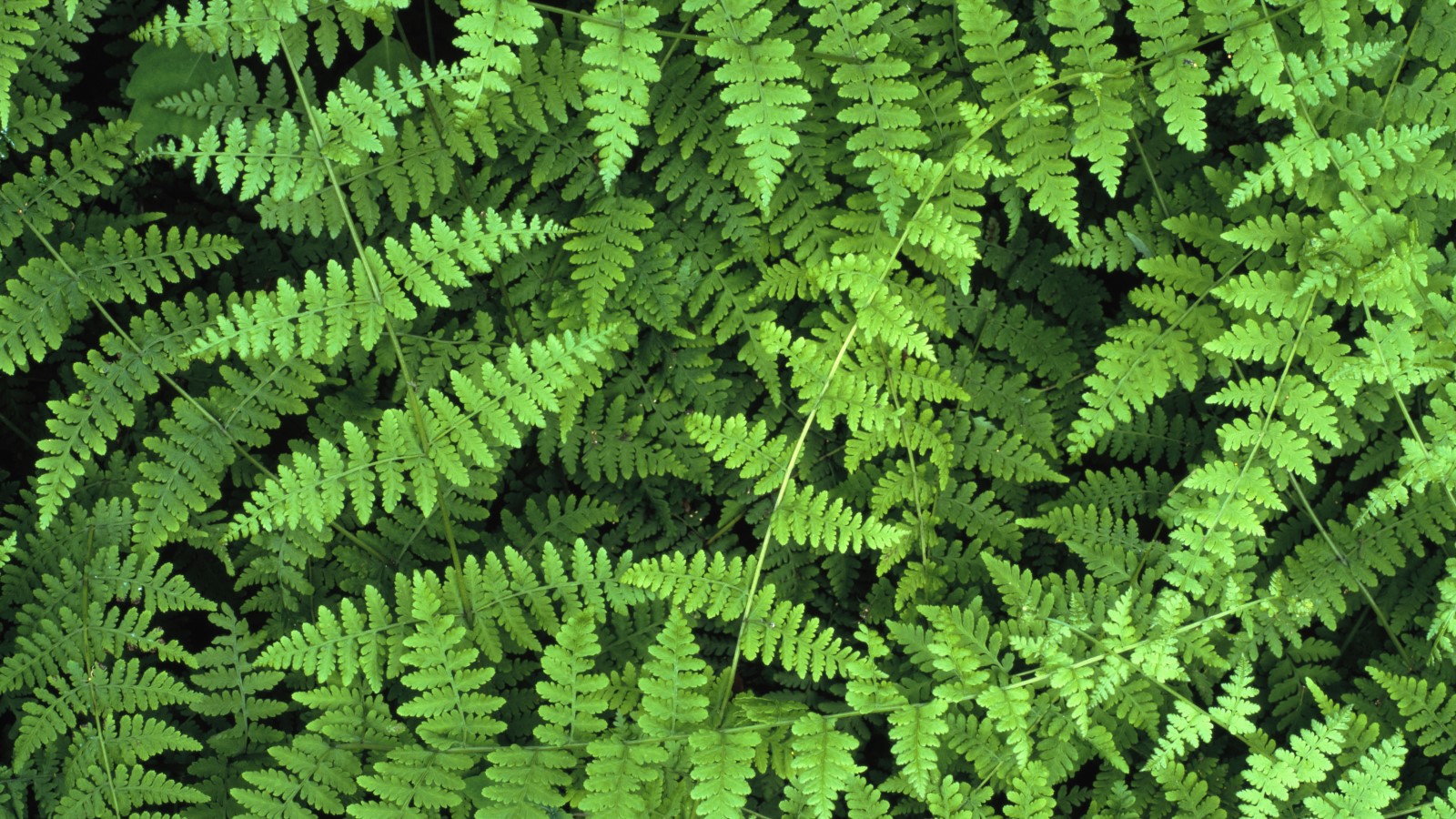
Ferns are grown for their foliage, which can come in lots of shapes and sizes that range from feathery to smooth, but those sought-after fronds can turn brown for many reasons.
If you want to learn how to grow ferns it is all about getting the environment correct to ensure plants are happy and healthy. Tick the boxes in terms of moisture, light, humidity, and nutrients, and ferns will reward you with fantastic lush and green foliage.
On the other hand, if things are not right then the fern will show it and brown foliage can occur due to a number of factors. The plant is telling you it is not happy in its current state, and any issues need to be quickly identified and addressed.

Fern leaves are called fronds and they play a part in reproduction
Why do ferns turn brown?
These evergreen plants are so versatile and can be implemented in many different ways as part of your backyard ideas. This includes being used as woodland plants, as part of backyard container gardening, or in shady spots around the yard. Ferns are also hugely popular as indoor plants. Wherever you are growing your ferns, or whatever fern you have, there are always risks of fronds turning brown.
Fern Berg, founder of Tree Vitalize, says there are some reasons why you may see brown on your ferns that should not necessarily be a cause for alarm. This includes brown spots or patches on the underside of the leaves, where the ferns produce spores to reproduce as part of their natural lifecycle.
She adds: ‘On the other hand, if entire leaves are turning brown in large numbers, this is a sign your fern is unhappy in its current environment.’
Ferns growing outdoors will start to turn brown in the fall, however, this is their natural process and new green fronds will grow again in the spring. However, ferns outdoors can also suffer from many issues that can cause foliage to discolor outside of its natural lifespan.
Design expertise in your inbox – from inspiring decorating ideas and beautiful celebrity homes to practical gardening advice and shopping round-ups.
We take a close look at the main causes that can make ferns turn brown and how most are related to the environment in which they are growing.
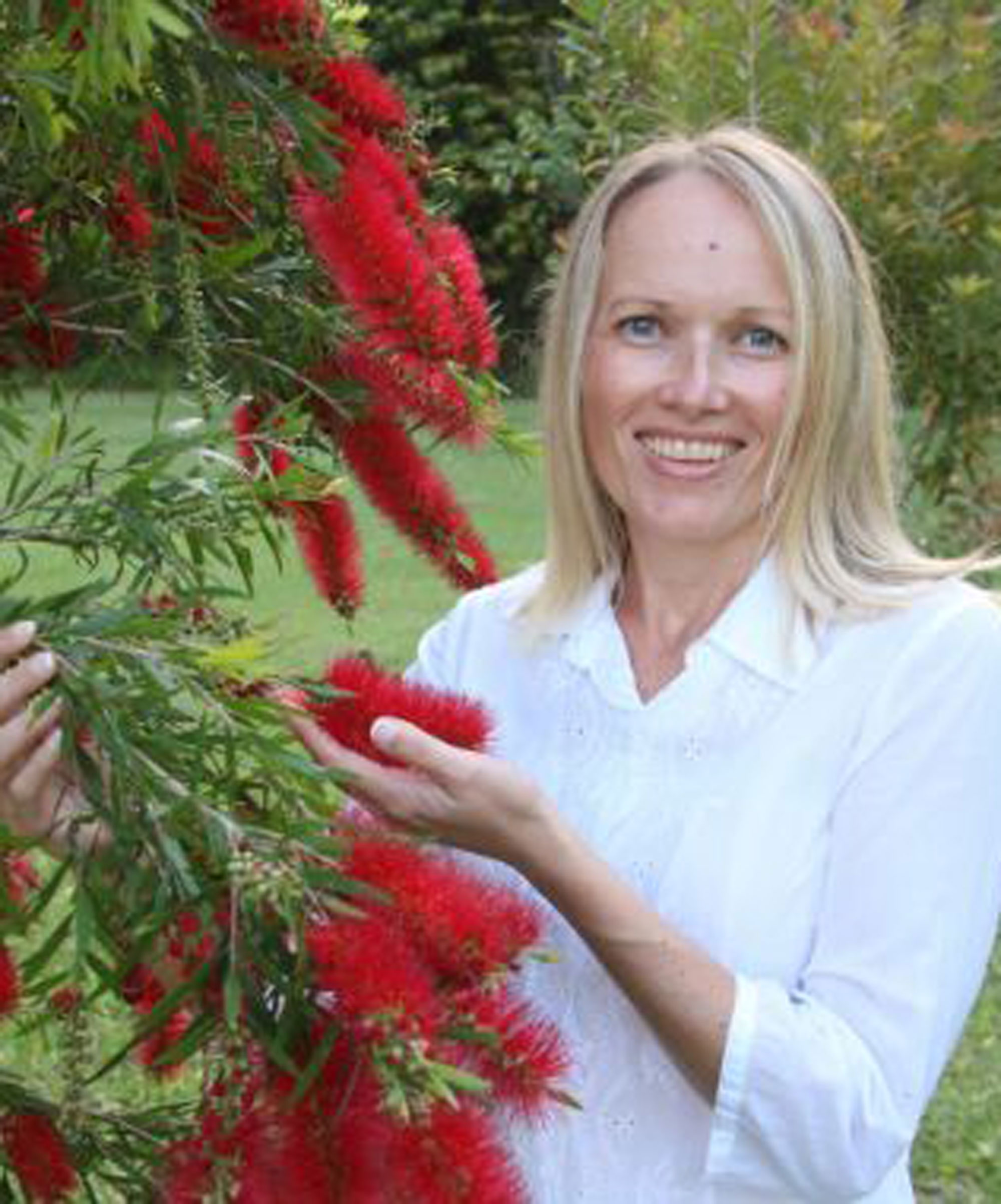
Fern Berg is the founder of Tree Vitalize and has planted and currently cares for over 100 different native and exotic fruit, nut, and ornamental trees. She also cultivates an extensive vegetable garden, and several flower gardens and cares for an ever-growing happy family of indoor plants. Fern has a special interest in biodynamic farming, food production and closed-loop agriculture.
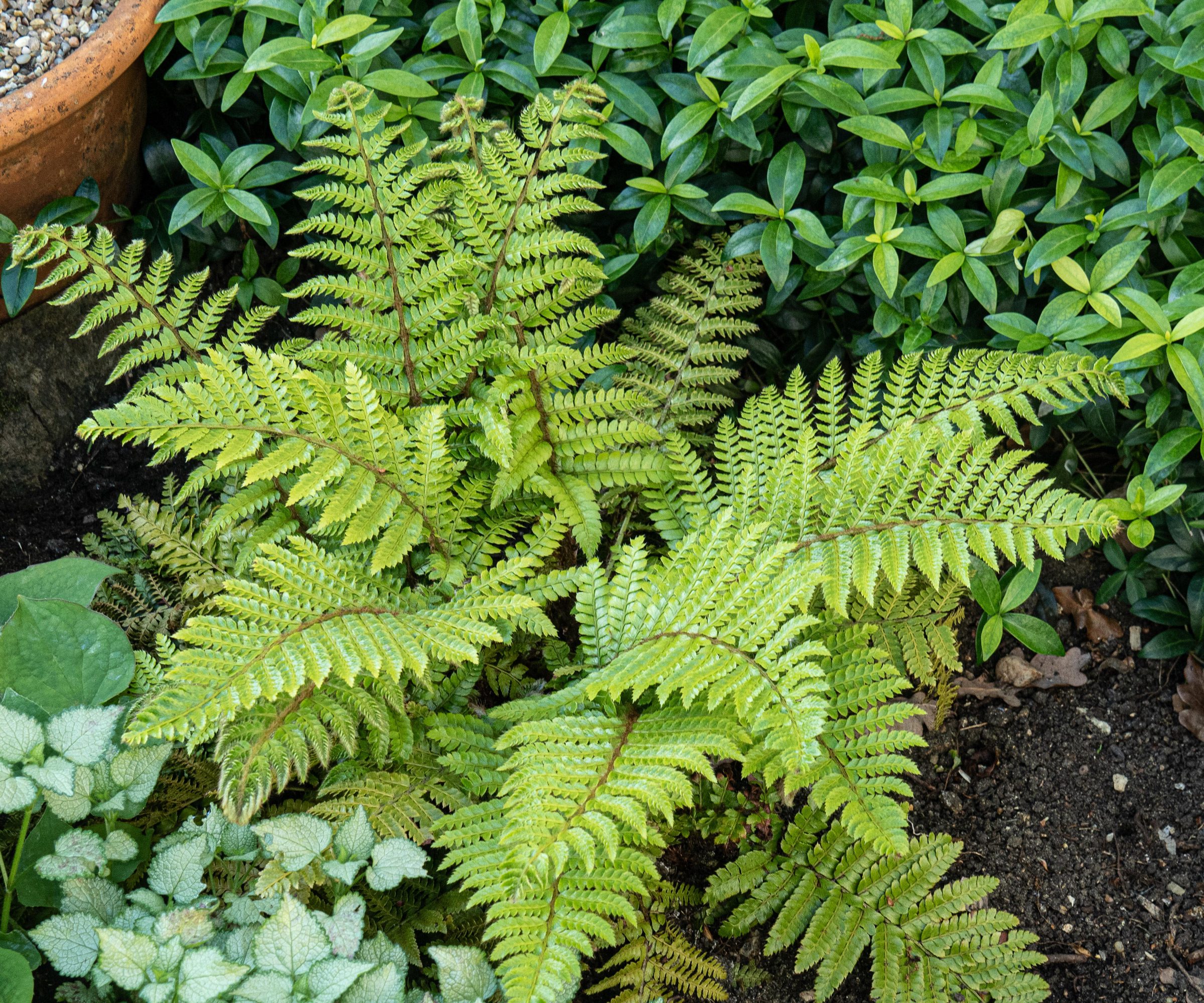
The planting location and soil can cause fronds to brown
1. Watering
A common cause of ferns turning brown is watering, but to complicate matters it can be either too much or too little water. Ferns prefer constantly moist soil, but not soil that is waterlogged. It can be tricky to get that balance right, but veer too far either way and you can get brown leaves. Too dry and the fronds will start to brown from stress, while too wet and it can cause root rot - which also causes brown foliage.
Closely examine the soil and check the moisture levels a few inches down in the dirt. This is an especially important tip when watering plants in containers. If it feels dry then your fern needs more watering, if it feels really soggy then hold back on the watering for a while until it dries out. Remember to alter your watering regime season-to-season. In summer it may need watering once a week in hot and dry weather but in winter it may be monthly, or rainfall may suffice if the fern is outdoors.
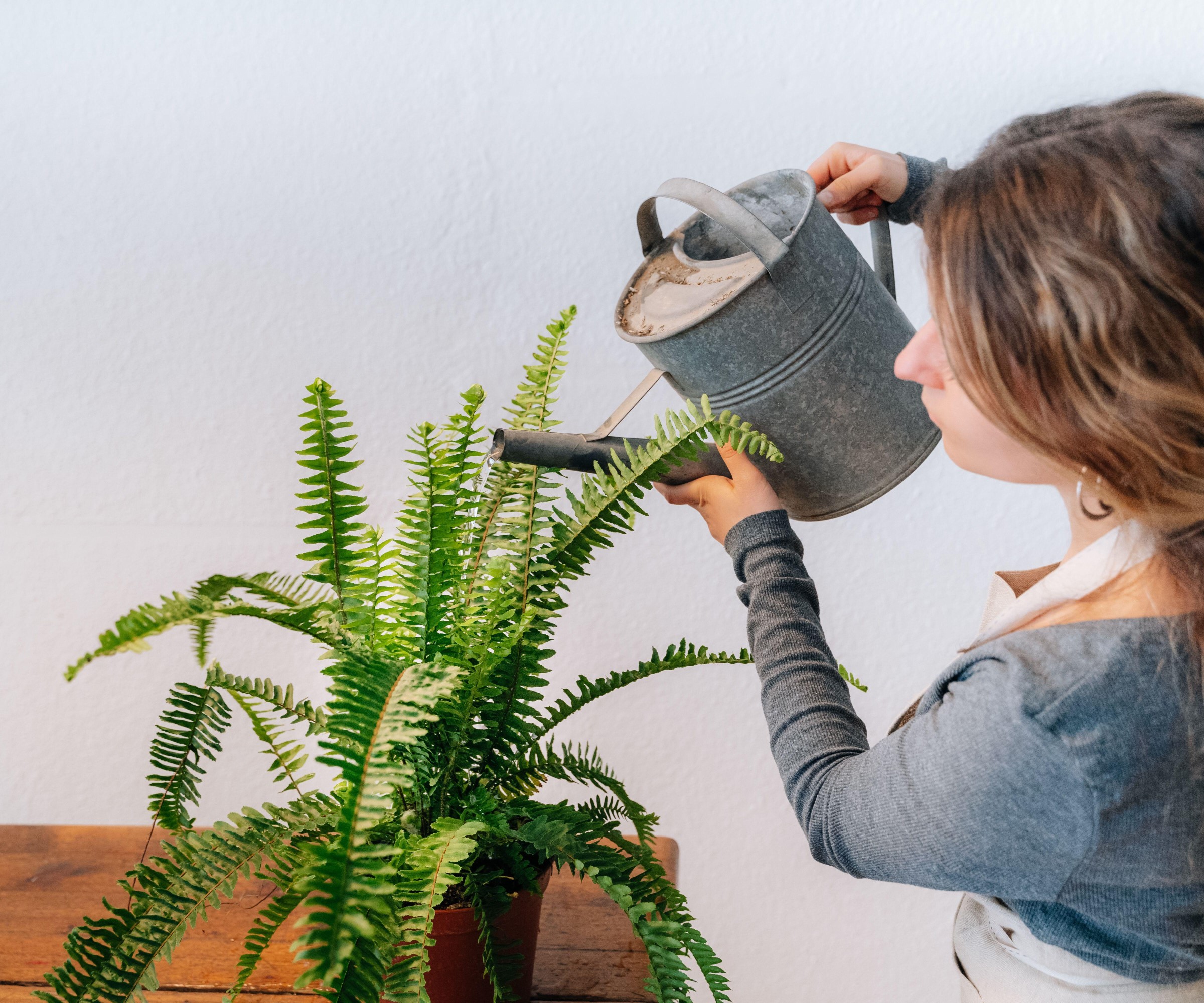
Too much, or too little, watering can be responsible for a fern browning
2. Light
Ferns are shade-loving plants that are native to damp and shady areas and where you grow your fern at home should reflect this. Ferns are renowned as some of the best container plants for shade and, to put it simply, overall they are one of the best shade plants you can pick. Given that they like a damp and shady spot, it is therefore not surprising that giving them too much sunlight can cause them to brown.
Excessive levels of direct sunlight can actually scorch the fronds, this could be the main culprit if you have found yourself wondering, why is my fern turning brown and crispy? They want a spot that receives indirect natural light or filtered light. Outdoors may mean a spot under trees for shade, while indoors it may mean a location in dappled shade from outdoors or shielding them with a sheer curtain.
3. Pests
There are pests that can cause ferns to turn brown and these include aphids, mealybugs, and scale insects. Regular inspection of ferns can help to identify potential problems early and allows you to take prompt action.
Aphids are tiny and soft-bodied insects that feed on the sap and they may come in colors of green, yellow, red, or black. To get rid of aphids you can use insecticidal soap, such as Garden Safe Insecticidal Soap available at Amazon, make homemade bug sprays, or use companion planting to bring in beneficial predators.
Mealybugs are whiter in color and fluffy-looking and can be identified by brown or red spots on the leaves and stems of a fern. To get rid of mealybugs, and also spider mites that are small and reddish in color, they can simply be wiped off the plant or also controlled with soapy water or neem oil sprays.
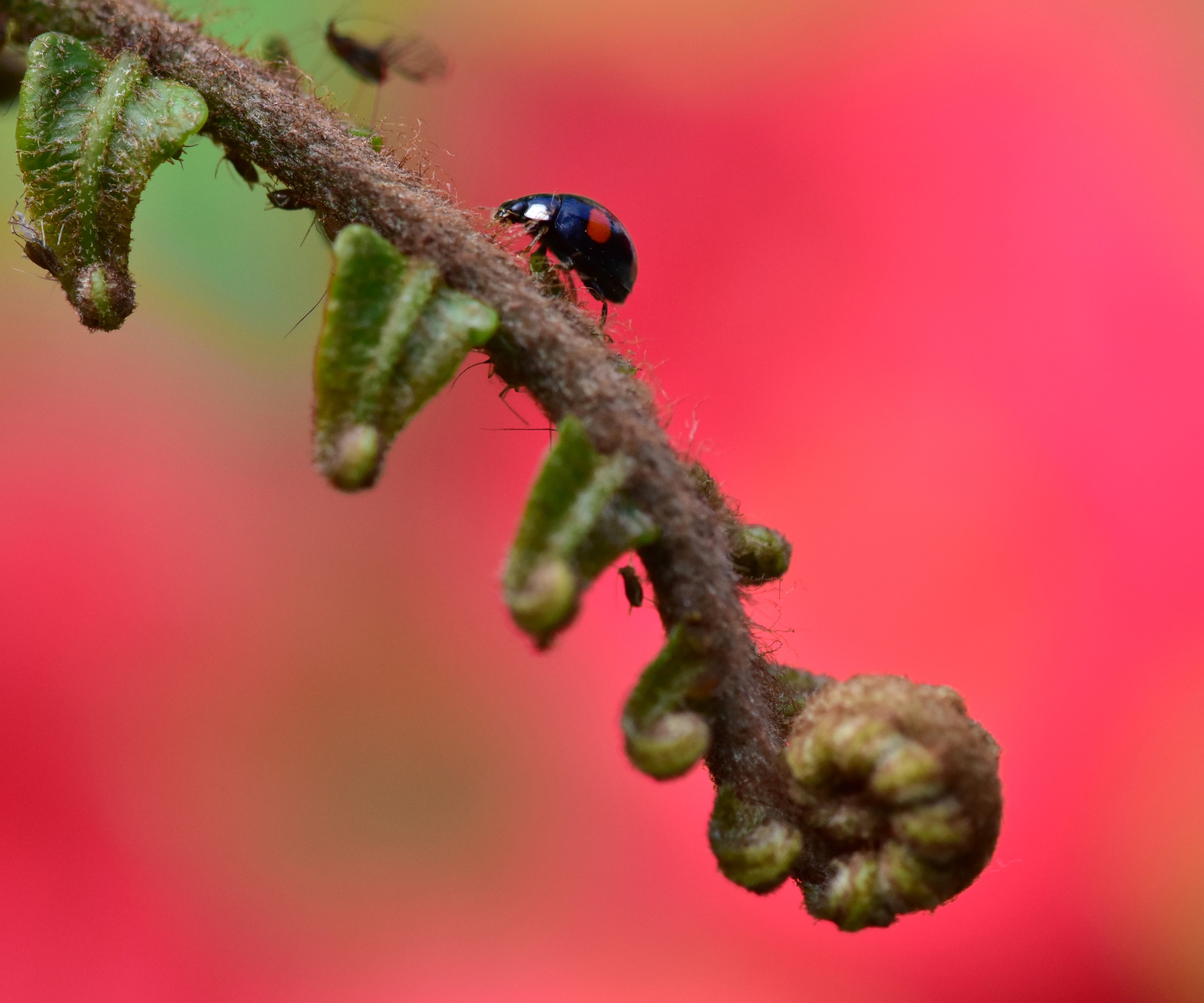
Ladybugs can eat aphids that trouble ferns
4. Disease
Brown fronds can be the result of diseases, with ferns susceptible to fungal diseases like leaf spot, rust, or root rot, and also bacterial wilt. Yellow or brown foliage can be signs of any of these, for example, both rust and leaf spots can cause brown spots on the foliage.
The best way to prevent diseases is to keep ferns healthy, ensure the soil moisture is correct, and feed plants to avoid nutrient issues. A stressed plant, which often shows this in the form of discolored foliage, can be more susceptible to pests and diseases. You can get fungicides to combat fungal problems, such as Captain Jacks Liquid Copper Fungicide available at Walmart.
5. Humidity
Ferns can struggle due to a lack of humidity. They love a humid environment and that is what makes them one of the best bathroom plants, where they can revel in the humidity in the air after a hot shower or bath. If there is not enough humidity for the fern, then it will start to turn brown and crispy.
John Negus, the garden expert, warns that warm and dry air in general is not the ideal condition for ferns to prosper as, even if the plant’s roots are moist enough, the foliage can experience hardship.
He says: ‘A dry atmosphere can cause fronds to discolor and shrivel. Set the pot on a drip tray filled with grit or sharp sand and water only when the pot feels light. The compost should feel damp but not soggy. Also ensure that the plant is not close to a radiator, table lamp, boiler, or any other direct source of heat, as it will suffer.

John Negus has been a garden journalist for over 50 years and regularly answers readers' questions in Amateur Gardening magazine. He has also written four books and has delivered many talks over the years on horticulture.

Indirect sun and lots of humidity is preferred by indoor ferns
6. Nutrients
Brown fern fronds can be the result of a lack of any of the essential nutrients of nitrogen, phosphorus, and potassium. If the reason for brown foliage isn’t watering-related or light, then check the nutrients in the soil.
You can get your soil tested to understand fully your soil type, pH and nutrient make-up to help identify any deficiencies in your soil. The best feed for a fern is a balanced fertilizer that is specifically formulated for ferns. One example of such a feed is Jobe’s Fern & Palm Plant Food Spikes, available at Amazon, which provide a continuous supply of important nutrients for healthy ferns. Only ever apply fertilizer according to the instructions, as over-feeding can cause more problems.
Fern Berg warns that nutrient deficiencies should be looked at only when ‘all other possible causes’ of browning foliage have been ruled out. She says: ‘Just be sure to eliminate over or under-watering first as applying fertilizer to an already stressed plant may cause additional stress. Correct the watering issue first and then add fertilizer once your fern has stabilized (no new browning occurring).’
FAQs
Should I cut off the brown leaves on a fern?
It is recommended to remove brown foliage from the fern. David Cohen, the CEO of plant wholesaler Badais International, advises that regular inspection of foliage and the removal of brown fronds can help to maintain the health and appearance of ferns. He recommends ‘trim the affected leaves at the base using clean, sharp scissors or pruning shears’ and adds that removing brown leaves ‘promotes new growth and prevents the spread of any potential diseases’.
Can ferns come back after browning?
Ferns are more than capable of recovering from brown foliage, providing the cause is spotted quickly and any necessary measures are implemented. Any changes to the watering and location, or moves made to treat pests or diseases, can be restorative and can help revitalize the fern. As long as the roots remain healthy then new growth can be stimulated and the fern can recover from turning brown.
As well as ferns being great foliage plants for shady spots in the backyard, they are also highly useful as one of the best slug-repellent plants. If you are looking for how to get rid of slugs, or at least stop them from bothering other plants, then consider planting ferns as a barrier around them as slugs find the fronds very difficult to eat.

Drew has worked as a writer since 2008 and was also a professional gardener for many years. As a trained horticulturist, he worked in prestigious historic gardens, including Hanbury Hall and the world-famous Hidcote Manor Garden. He also spent time as a specialist kitchen gardener at Soho Farmhouse and Netherby Hall, where he grew vegetables, fruit, herbs, and cut flowers for restaurants. Drew has written for numerous print and online publications and is an allotment holder and garden blogger. He is shortlisted for the Digital Gardening Writer of the Year at the 2025 Garden Media Guild Awards.